.jpg)
.png)
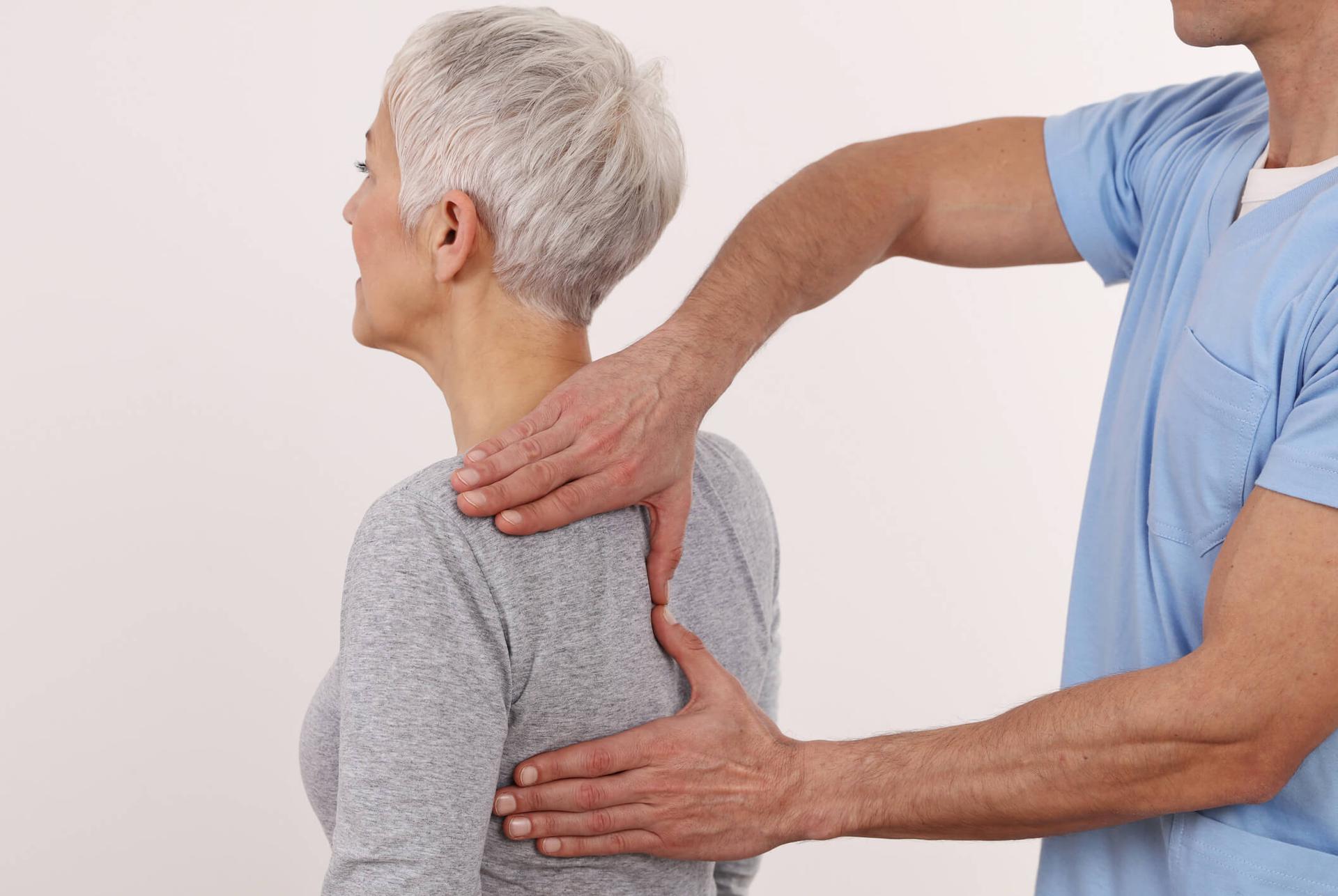
Scoliosis? It can be treated in adulthood, too
The young scoliosis patients who come to us for conservative treatment often have parents (one or both) affected by scoliosis. Some of these parents received exercise-based and/or bracing treatment in adolescence; some never got any treatment at all, while others even discovered the condition late on, after reaching adulthood.
Often, they are completely convinced that there is nothing more to be done for their scoliosis...

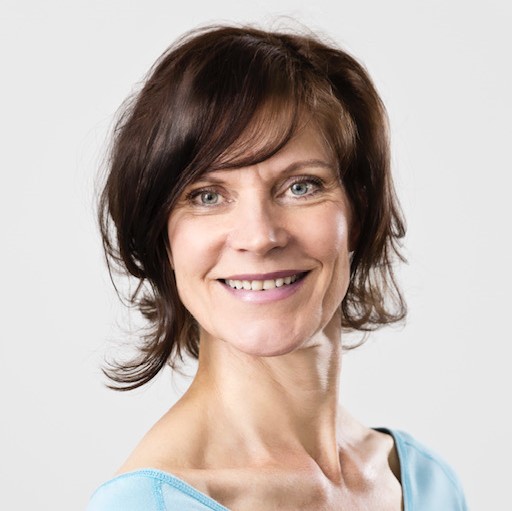
Tiina Arrankoski shares her experience
In each number of our newsletter, we present the experiences on how scoliosis is treated worldwide through an interview with one of the participants of our Annual Online Master course. They are fellow doctors, physiotherapists, and orthopaedic technicians coming from all over the world.
The interview this month, is with Tiina Arrankoski, therapist, from Finland.
"I am a movement therapist and the main educator/trainer of the Spiral Stabilization -method (a movement and manual therapy for back pain and scoliosis) in Finland..."

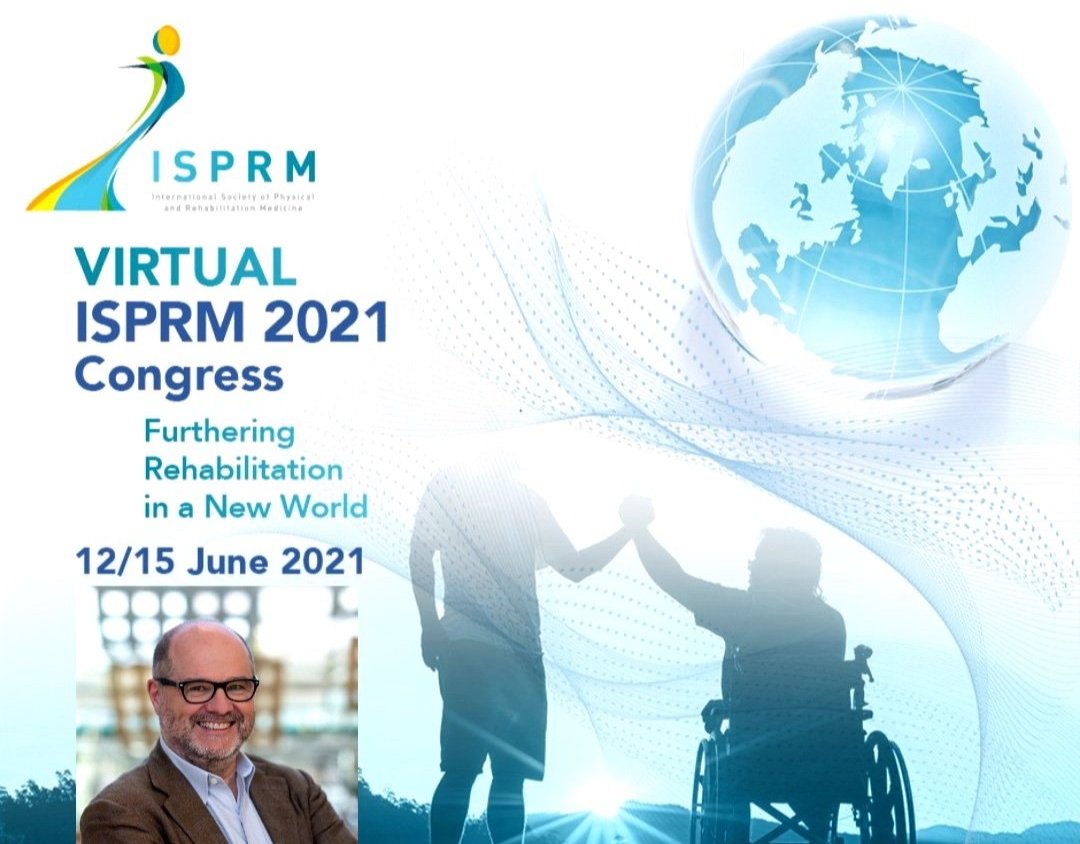
Prof. Stefano Negrini at ISPRM
As Invited speaker at ISPRM 2021 virtual on the 13th of June, Prof Stefano Negrini, scientific director of ISICO, coordinated the session dedicated to scoliosis during the international conference, further to presenting an oral presentation Evidence Based PRM Approach to adolescents with idiopathic scoliosis in addition to two significant Poster presentations A Matched case-control Study of Modular Mi/Brace VS the classical custom-made Sforzesco Brace in 120 consecutive high-degree female AIS, and A matched case-control study of the free pelvis VS the classical very-rigid Sforzesco brace in 436 high degree AIS not previously braced.
The Posters concerned further innovative developments of the classic very-rigid Sforzesco corset, applied by ISICO for important scoliotic curves.
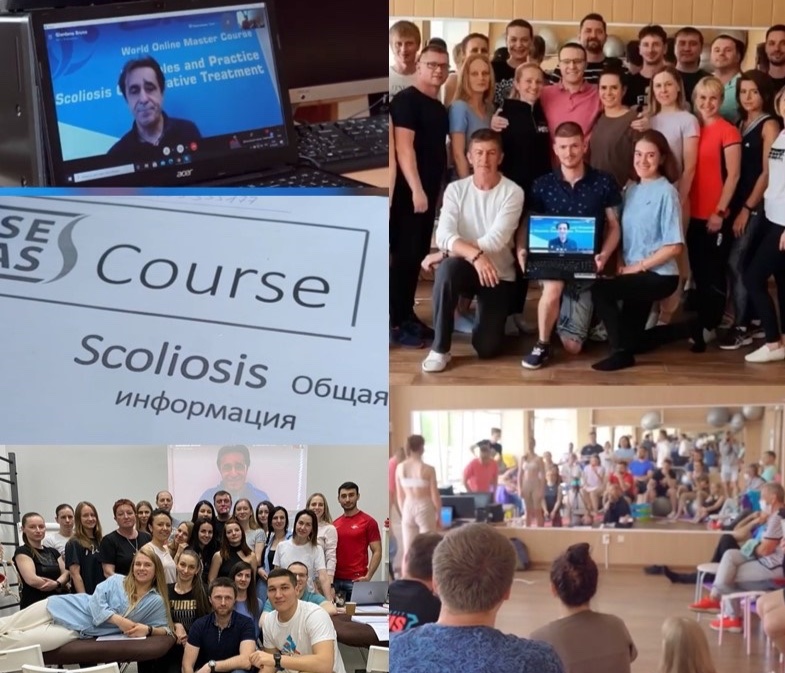
Seas: take off again online
in Russia!
After a long period of forced pause, due to the pandemic, our Seas courses have finally had a recovery thanks to the collaboration of the local organization in Russia.
Michele Romano, director of physiotherapy in Isico, gave two SEAS I courses. He was connected online from Italy while the participants in Russia, from Moscow and Chelyabinsk, could follow in presence supported by dr Dmitri Gorkovsky, who acted both as a translator and as collaborator for practical activities..
The 46 course participants were enthusiastic, and many questions were asked. There is a great general interest in our scientific exercise approach to scoliosis with specific exercises so that other courses in Russia have already been planned in this way, online for our teacher and in-person for the participants.

Turkey: Isico present at the Scoliosis Symposium
The 1st International Symposium on Multidimensional Approaches to Spine Deformities organised in online mode in Turkey was scheduled for June 12th with the focus on Adolescent Idiopathic Scoliosis.
Isico was present with three of its scoliosis experts: Michele Romano, director of physiotherapy in Isico, with a presentation on "SEAS Exercise Approach"; Dr Sabrina Donzelli talked about the guidelines for conservative treatment, while Dr Greta Jurenaite presented the report "AIS and brace".

Do you wear a brace?: the Romanian edition
Following the English, Bulgarian and Portoguese editions of our booklet "Do You Wear a brace? Here is Isico's Advice", we are happy to announce the Romanian translation of the booklet . The translation was made possible thanks to the collaboration with Racu Nicoli Valentini, the president of Mea Scoliosis Foundation and her team, and it is available on the English Isico website.
The Isico booklet, which is part of a series of manuals for patients, includes answers to many questions: from "How should a brace be worn" to "Who should I contact if my brace breaks?
Would you also like to have an edition in your language?
Well, do not hesitate and contact us for more information!

Isico Pills: a video about specific exercises
Isico has recently launched a new video format designed for expert professionals, namely, doctors and therapists.
Watch the short video about "Specific Exercises" presented by our scoliosis expert Antonella Napolitano, physiotherapist, available with English subtitles and share it with #isicopills on social networks.

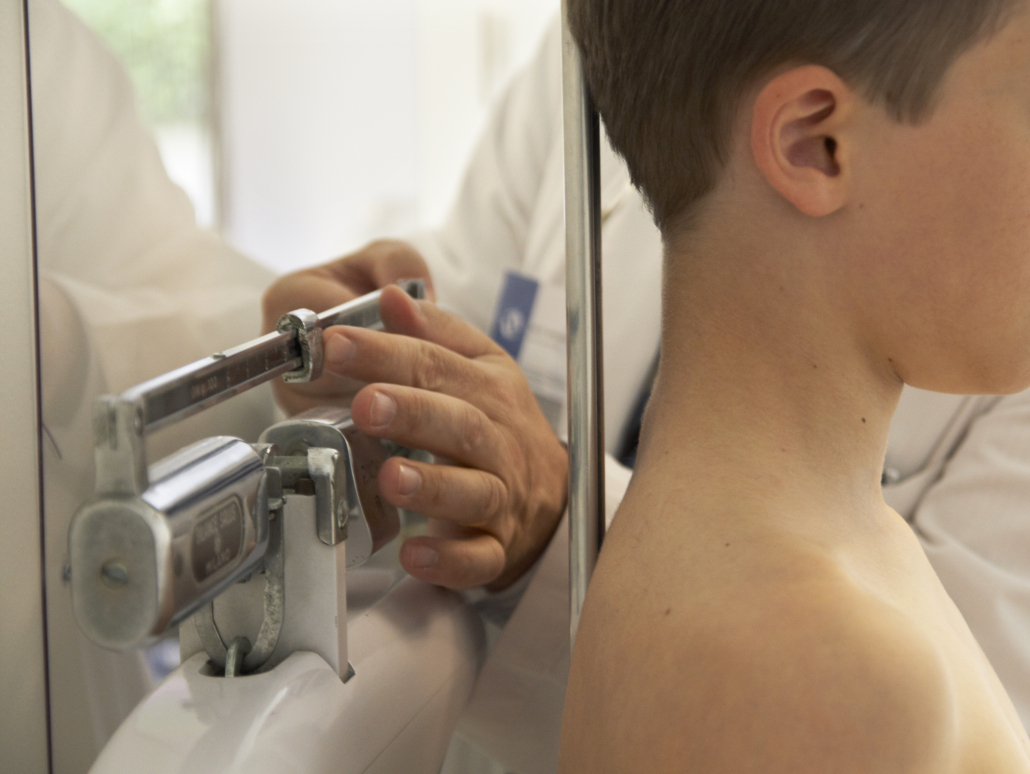
ISYQOL: Polish adaptation study published
The study Polish Adaptation of the Italian Spine Youth Quality of Life Questionnaire has just been published (Edyta Kinel, Krzysztof Korbel, Piotr Janusz, Mateusz Kozinoga, Dariusz Czaprowski, Thomas Kotwicki), developed by the University of Medical Science of Poznan and Olsztyn University, Bydgoska for the adaptation of our Italian Spine Youth Quality of Life Questionnaire (ISYQOL) into Polish (ISYQOL-PL).

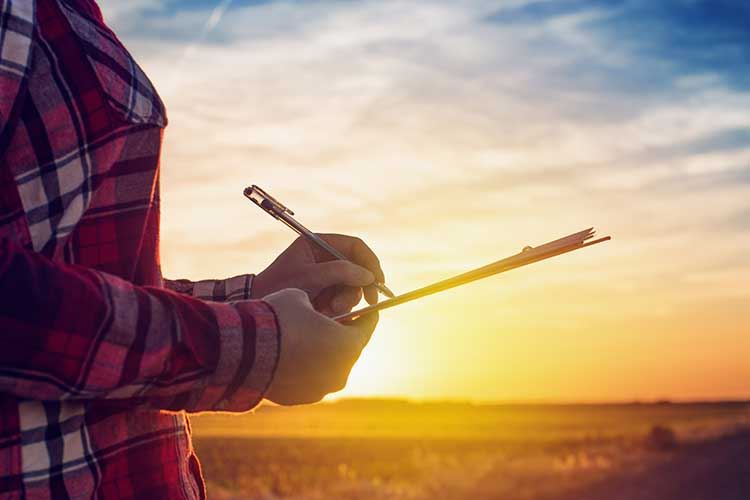
Simona's story
Hi, I'm Simona, and, like many of you, I wear a back brace.
My "brace-wearing" journey began some years ago. To be precise, it was 26 October 2017 when I got my first Lyon brace.
How could I forget it?!
I had discovered my scoliosis in May that year, after suddenly realising, during a PE lesson one day, that there was something wrong with me. During a run, I felt a very sharp pain in my shoulders, so I stopped and asked my PE teacher what might be the reason.

Are X-rays harmful?
People's concerns over radiation exposure from X-rays are exaggerated.
There was a time, in the early days of radiology, when the equipment used really was very harmful, because it used very high X-ray doses, and it was some considerable time before the risks were appreciated. Over the years, however, the technique has improved greatly, and today's X-ray machines are nothing like the ones that were used in previous decades. In the past ten years alone, with the switch from analogue to digital equipment, the radiation used in X-rays has been reduced by 15%; in the last decade, a new technology has also emerged (EOS) that allowed a reduction of 90% of radiations when compared to classical X-rays. Unfortunately, this technology has high costs and it is not (yet) available everywhere.
What is more - and no one ever thinks about this - we live our lives constantly immersed in the background radiation that comes from the sun, which is comparable to that used in radiology (ref. A comparison approach to explain risks related to X-ray imaging for scoliosis, 2012 SOSORT award winner).
It must also be pointed out that scoliosis can only be diagnosed by cross-checking the findings of the clinical examination with those of an X-ray. X-rays are also able to give us indications on the prognosis, i.e. on future risks associated with the scoliosis, in particular the risk of deterioration, and they are necessary for monitoring the progress of the treatment.
So, while it is highly important to reduce as much as possible the number of X-rays (in ISICO we require radiographs every 2 consultations for scoliosis once a year), they are also absolutely needed to follow-up correctly the patient and not lose crucial informations that cannot be gathered with external evaluations



- July 31 | 09:00 Eastern Time (US) - SRS Webinar - Sagittal Plane Alignment in Adolescent Idiopathic Scoliosis: Importance, Planning, and Education
